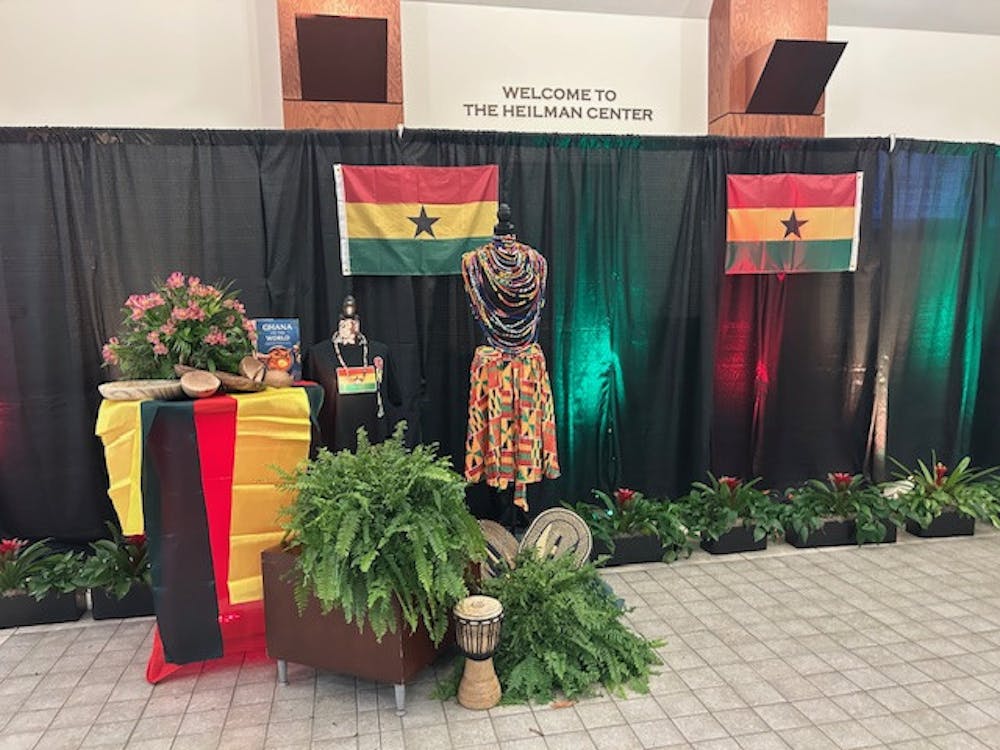The tradition of two people simultaneously snapping the collarbone of a bird in two and the bearer of the larger half making a wish began 2,400 years ago. The Etruscans, who lived on the Italian peninsula, believed fowl were fortunetellers because the hen announced she would be laying an egg with a squawk and the rooster told of the coming of a new day with his early morning crowing. A circle was drawn in the dirt and divided into twenty wedges that represented the twenty letters in the Etruscan alphabet. A piece of grain would be placed in each wedge. A hen would then be allowed to peck at the grain. As she ate, a scribe would list the letters in order and those letters would be interpreted by the high priests to answer questions.
When one of these chickens was killed, its collarbone was considered sacred and left under the hot sun to dry. Anyone was permitted to hold an unbroken bone and make a wish, thus, the name wishbone. The Romans took many of the Etruscan customs as their own and because everyone wanted good fortune, they fought over the bones, breaking them.
It is said that the phrases "I need a lucky break" or "I never get a break" come from being the loser in this tug-of-chicken-bone contest.
The English heard of this superstition from the Romans and called their wishbones merry-thoughts. When the Pilgrims arrived at Plymouth Rock in the New World, they brought along the custom of breaking the wishbone. When they discovered the Northeastern woods of North America were filled with turkeys, they changed their custom from the chicken bone to the turkey bone.
-from www.greenlightwrite.com/wishbone.htm
Support independent student media
You can make a tax-deductible donation by clicking the button below, which takes you to our secure PayPal account. The page is set up to receive contributions in whatever amount you designate. We look forward to using the money we raise to further our mission of providing honest and accurate information to students, faculty, staff, alumni and others in the general public.
Donate Now


